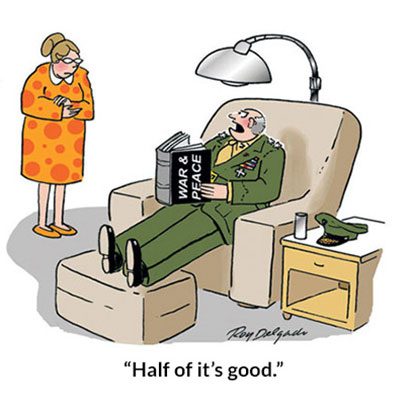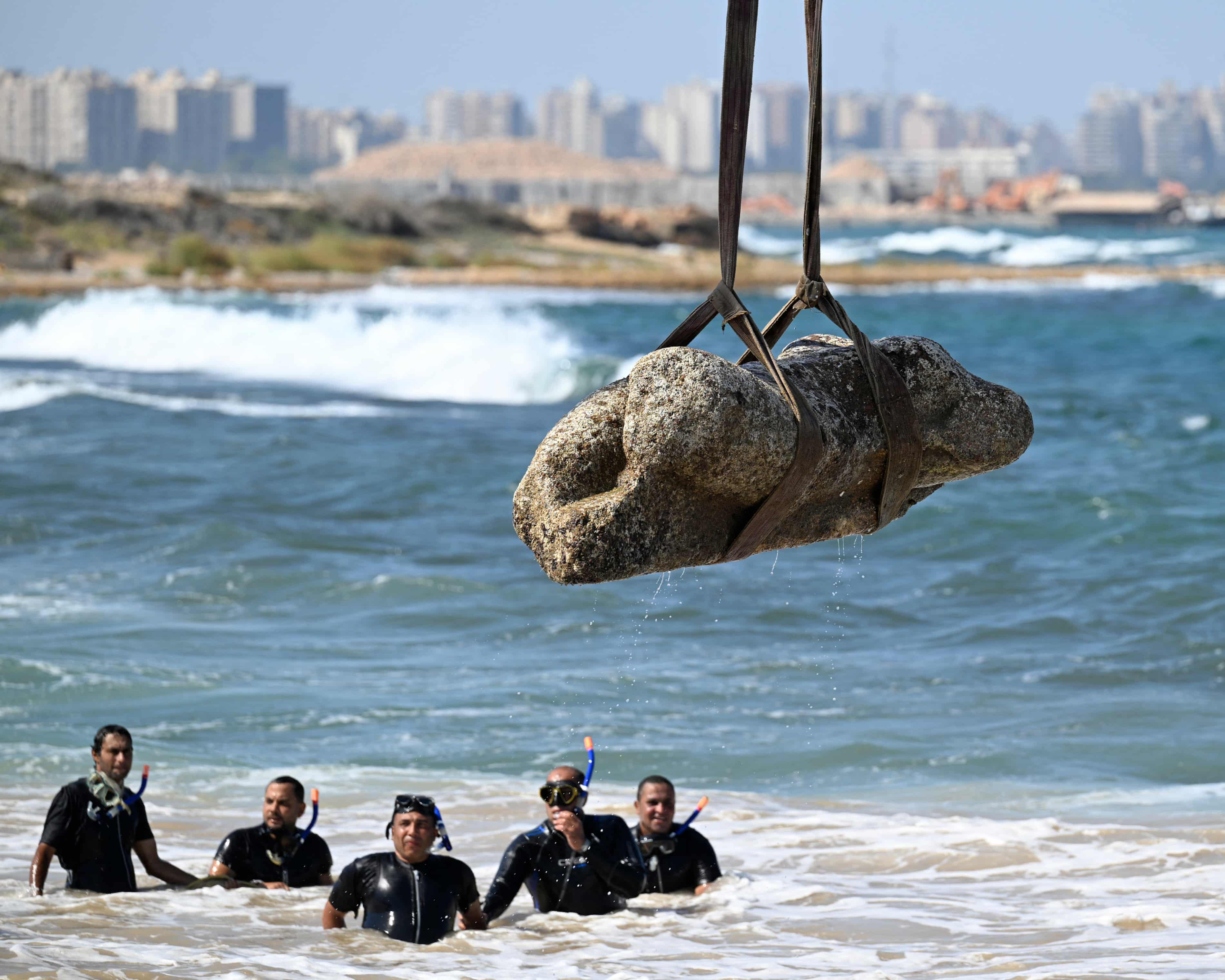Salem AlKetbi: Ukraine is preparing for a hot summer

Crucial and rapidly evolving strategic developments are taking place in the war in Ukraine. What is most alarming is that it entails signs of military escalation, with a decrease in strategic caution, particularly from the western side. This caution has been the guiding principle throughout the course of this war, with its ups and downs, since it began more than a year ago.
Amidst these developments, there exists the stance of the US, announcing its intention to back the provision of cutting-edge fighter aircraft, including F-16s made in America, to Ukraine. Additionally, they will assist in training Ukrainian pilots to handle these aircraft. Notably, a senior official in the White House revealed that President Joe Biden apprised the leaders of the G7 in Japan of this decision, implying that other nations possessing F-16 aircraft could also offer them to Ukraine.
The significance of this American decision arises from the fact that these fighter aircraft hold offensive capabilities that are closely tied to the airborne clash, a pivotal factor in the Ukraine-Russia conflict. Since the outset of the conflict, neither side has been able to emerge victorious in this battle decisively.
The main emphasis has been on bolstering Ukraine with predominantly land-based military capacities, coupled with restricted missile capacities, and potentially less sophisticated, predominantly defensive air capabilities. This clarifies the remarks made by Ukrainian President Zelensky, who welcomed what he dubbed a “historic decision.”

Due to the variety and intensity of Ukrainian air and ground defense resources, Russia has been unable to emerge victorious in the airborne battlespace. However, with the shift in American policy, the aerial battle might experience a notable transformation. The concrete outcomes of this policy in practice hinge upon the actual procurement of F-16 fighter jets and the training of Ukrainian pilots to operate them. This is a process that could span a minimum of four months, provided that proficient pilots are accessible for other fighter models.
A lengthy roster of European countries boasts possession of American F-16 fighter jets. However, it is unlikely that all of them will consent to surrendering a portion of their air capacities for the sake of Ukraine, particularly given these particular circumstances.
In this regard, it is worth noting the tweet from British Prime Minister Rishi Sunak, wherein he expressed, “The UK will work together with the USA and the Netherlands, Belgium and Denmark to get Ukraine the combat air capability it needs.”
READ: Ukraine supports Morocco bid on Western Sahara
Of particular significance is the fact that the UK lacks possession of any American fighter jets. Hence, uncertainties persist regarding the NATO nations capable of dispatching a few F-16 fighter jets to Ukraine within what Sunak and Dutch Prime Minister Mark Rutte referred to as the “international coalition” aimed at providing fighter jets in support of Ukraine. This is especially true given that influential European countries like France have solely affirmed the potential of aiding in pilot training without offering aircraft.
Interpreting the act of dispatching state-of-the-art fighter jets to Ukraine becomes challenging for Russia, as it spells not only an escalation of the war but also a NATO gamble with the intention of expediting the Russian army’s downfall. This is due to the fact that contemporary fighters such as the F-16 will empower Ukraine to execute substantial strikes beyond Russian supply lines.

What bolsters this conviction in Russia is the existence of concurrent Western measures, notably the UK’s current provision of Storm Shadow missiles to Ukraine. These cruise missiles boast a range exceeding 250 kilometers and surpass the capabilities of previously supplied American missiles, like the Javelin, which only had a range of approximately 80 kilometers.
In this context, it is worth mentioning assertions made by Ukrainian Defense Minister Oleksiy Reznikov several months ago, wherein he affirmed that “Ukraine is prepared to offer assurances that your weaponry will not engage in assaults on Russian territory.” In response, the Kremlin declared that Moscow would initiate an appropriate military retaliation if Ukrainian forces employed any Storm Shadow-type weapons.
One of the pivotal signs of the intensifying direct Russian-NATO confrontation on Ukrainian territory came up recently with the disclosure by two American officials that Russia made an unsuccessful endeavor to obliterate the Patriot missile system in Ukraine using a hypersonic missile. The failure was ascribed to the proficiency of the Ukrainian army in the initial implementation of the American system mere weeks after its arrival in the country.
READ: Tim Marshall: Ukraine is keeping the enemy guessing
In addition, Ukraine declared the neutralization of what it called Russia’s most powerful hypersonic weapons by successfully downing Kinjal missiles fired towards Kyiv. Russia asserted that these missiles had the ability to surpass all air defense systems, while refuting the interception of the Kinjal missiles and affirming that one of them destroyed the US-supplied Patriot air defense systems.
The prospect of thwarting sophisticated missile armaments using Western systems gives rise to conjecture among experts. Russia maintains that the Kinjal missiles, alleged to reach speeds over 11,000 kilometers per hour, cannot be destroyed by any air defense system worldwide. The evidence suggests that Ukraine has transformed into a comprehensive testing ground for evaluating the efficacy of Western weaponry against its Russian adversary.
In a bid to enhance the capabilities of the Ukrainian army, the transportation of cutting-edge weaponry has set out. Modifications are taking place to adapt weapons in live combat settings. For instance, missiles initially launched from aircraft are being altered to allow for truck-based launches, and armored vehicles are undergoing retesting to ensure their efficacy in heavily mined battle environments. The evaluation of unmanned aerial vehicles’ capacity to deliver provisions to the front lines is underway, alongside other considerations.
Another operational transformation is evident as the Ukrainian army gradually transitions from employing weaponry and equipment traditionally associated with the Warsaw Pact era to utilizing weapons, equipment, and ammunition from the NATO alliance.
Over time, the battleground in Ukraine is evolving into direct clashes between NATO and Russian armaments. Amidst a succession of American declarations, news emerges regarding the transportation of armored vehicles, tanks, ammunition, missile defense systems, and missiles to Ukraine.
Salem AlKetbi is an UAE political analyst and former Federal National Council candidate and a regular contributor to Maghrebi
Want to chase the pulse of North Africa?
Subscribe to receive our FREE weekly PDF magazine














